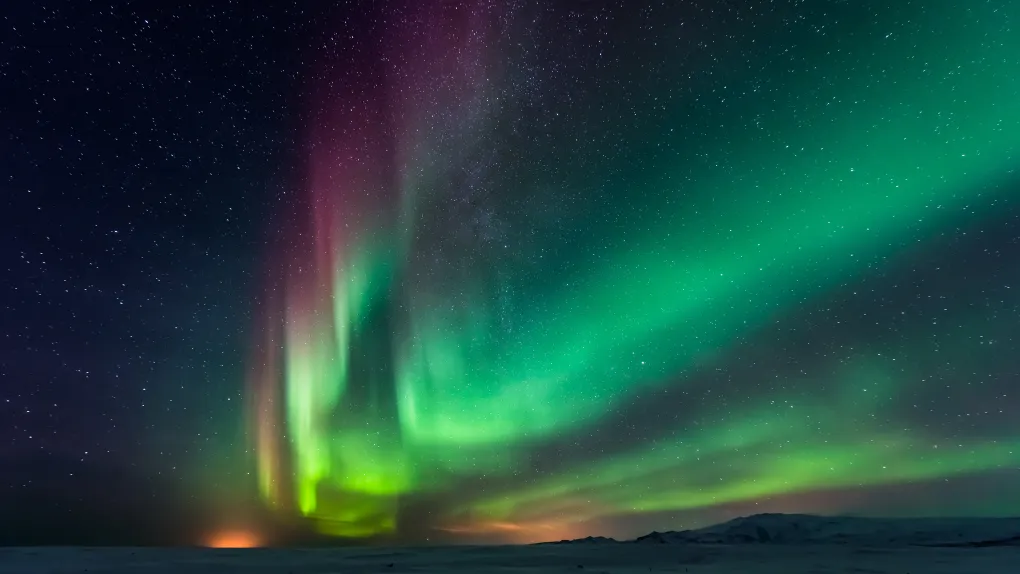
Following a spectacular display last month, the Northern Lights are anticipated to grace the skies of the United States once again. The National Oceanic and Atmospheric Administration (NOAA) has issued a warning regarding a “strong” Proton Event or solar storm, attributed to Solar Cycle 25 reaching its peak, resulting in heightened solar activity.
Forecasters are monitoring sunspot region #3697, responsible for the previous aurora sightings across all 50 states, which remains visible to Earth for the next week. This presents a potential window of opportunity for aurora sightings.
Bryan Brasher from NOAA’s Space Weather Prediction Center highlighted the continued significance of region #3697, noting its capability of producing intense solar flares and coronal mass ejections necessary for aurora phenomena.
As solar events increase, forecasters anticipate the Northern Lights to be visible along the Canadian border and in several US states including Montana, Washington, Idaho, Minnesota, Michigan, and the Dakotas on Sunday and Monday nights. Additionally, individuals in the northernmost parts of Maine and New York may also witness the aurora borealis.
Brasher indicated that for widespread aurora sightings across the continental US akin to those observed last month, a strong (G4) or extreme (G5) geomagnetic storm would be required, although region #3697 is expected to rotate away from view in the coming week.
Astronomer Tony Phillips suggested that the recent superstorm on May 10th could be the precursor to several magnificent displays anticipated until 2026. While the Northern Lights’ visibility is unpredictable, they tend to be brightest between 10 pm and 2 am, particularly within an hour or two of midnight.